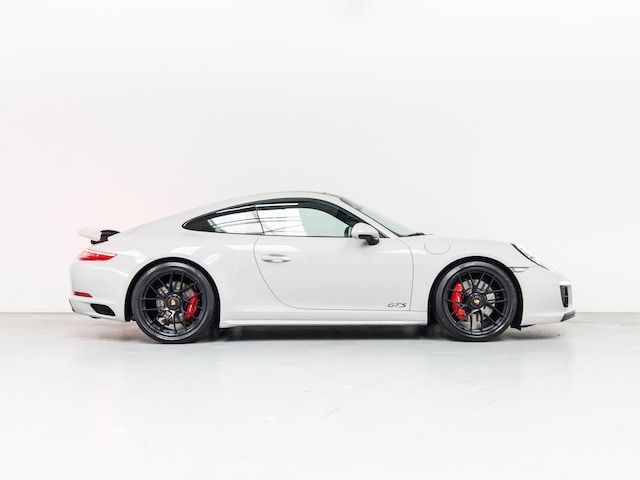Decoding Car Insurance Premium Increases: Unraveling the Contributing Factors
Unveiling the Secrets Behind Rising Car Insurance Costs
As an insured driver, you might have noticed that your car insurance premiums fluctuate over time.
In this Blog post, we’ll delve into the factors that influence car insurance premium increases,
shedding light on the mechanisms that insurance companies use to determine your rates.

1. Rising Repair Costs
One of the primary drivers of vehicle insurance premium increases is the escalation of repair and medical costs. In the event of an accident, repairing modern vehicles, which are equipped with sophisticated technology and safety features, can be significantly
more expensive than older models.
To accommodate these higher expenses, insurance providers must adjust their premiums to remain financially viable and cover potential claims effectively.
2. Increased Frequency and Severity of Accidents
Another significant factor contributing to higher insurance premiums is the increased frequency and severity of accidents.
As roads become more congested, the chances of accidents rise, leading to higher claim payouts for insurers.
Additionally, factors such as distracted driving, impaired driving, and extreme weather conditions have contributed to a surge
in severe accidents, resulting in a higher number of claims, and necessitating premium adjustments.
3. Inflation and Economic Factors
Inflation and overall economic conditions play a role in determining insurance premiums. As costs rise due to inflation, insurers may increase premiums to maintain their financial stability and ensure that claims can be paid promptly. Additionally, fluctuations in the economy can affect insurers’ investment returns, which, in turn can influence premium rates.
In addition, catastrophic events such as the COVID-19 pandemic, the Russian-Ukrainian war, and the KwaZulu-Natal floods, have impacted the local and international automotive industry significantly. This not only caused long-term shortages of new vehicles,
spare parts, and computer chips, but also shipping issues and supply chain disruptions. That is why there is currently an increased demand for some second-hand vehicles, which are actually increasing in value for the first time, despite the vehicle’s age and
traditional retail value.
As a responsible insurer, we want to make sure that we can repair your vehicle to the same standard as before, and this could mean that your vehicle’s insurance premium may need to increase. We recommend that you review your current vehicles’ retail values with your broker or adviser to make sure you are not underinsured.
How to manage your car insurance premium in 2023?
Apply for a Higher Selectable Excess
When it comes to managing your car insurance premium in 2023, considering a higher selectable excess can be a strategic move. By opting for a higher excess amount, you agree to pay a larger portion of the claim in case of an accident. As a result, the insurance provider sees you as a lower risk, which can lead to a reduction in your premium. However, it's crucial to strike a balance between
a higher excess and what you can afford to pay out of pocket in case of an incident.
Choose Economy Car Hire When Renting
Another way to manage your car insurance premium in 2023 is to be mindful of the car you rent. When renting a car, opt for the economy car hire option instead of the standard or premium selections. Insurance companies often take the type of vehicle into
account when calculating premiums. By selecting an economy car, which typically has a lower replacement value and repair costs,
you may enjoy a more affordable insurance rate.
Add Two Nominated Drivers
Adding two nominated drivers to your car insurance policy can potentially lead to a reduced premium. Insurance providers consider the risk associated with the listed drivers when determining premiums. By having two drivers with good driving records, the insurance company perceives a lower likelihood of accidents or claims, resulting in a more favorable premium. However, it's essential to add drivers who genuinely use the vehicle to avoid any complications with the policy.
Consider Retail Value Top Up Cover
To ensure your vehicle is adequately covered without a substantial increase in premiums, consider adding Retail Value Top Up cover. Standard insurance policies may only provide coverage for the market or trade value of your car in case of a total loss. By opting for the Retail Value Top Up cover, you can bridge the gap between the market value and the higher retail value of your vehicle. This ensures that you receive a more appropriate payout in case of a total loss, without causing a significant impact on your premium costs.
While vehicle insurance premium increases may seem frustrating, it’s essential to recognize that they are driven by various factors, including rising repair and medical costs, increased accident frequency and severity, changing demographics, evolving regulations,
and economic considerations.
By understanding these factors, policyholders can better grasp why their premiums change and work with their insurance providers to explore ways to minimize costs without compromising essential coverage.
As an Insurance Brokerage, ClientSure remains committed to transparently communicating with our valued policyholders about the reasons behind premium adjustments. Our goal is to provide you with comprehensive protection and peace of mind while navigating
the dynamic landscape of the auto insurance industry. This way, we can ensure that you receive the best coverage at the most competitive rates.
Blog
© Clientsure 2022 | Authorised Financial Services Provide FSP 44496 | All Rights Reserved | Designed by IrayaTech
